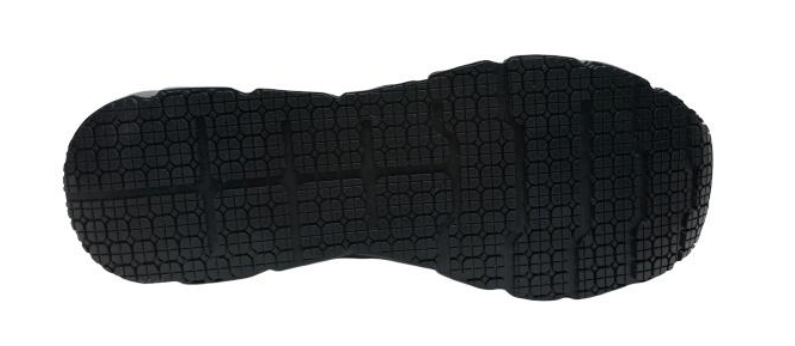Whether shoes are anti slip or not depends on these three points
Reading times:750 Update time:2024-12-03
1. Look at the sole material
The commonly used materials for shoe soles include rubber, PU, EVA, etc., and different materials have different anti slip properties. Moreover, the anti slip performance of the sole material is also affected by the road surface material and its dryness and humidity. The same pair of shoes has different anti slip performance on ceramic tiles and gravel roads, and the difference is even more pronounced on dry and wet floors.
Studies have shown that regardless of the type of ground material, the coefficient of dynamic friction of rubber soles is the highest. The higher the friction coefficient, the better the anti-skid performance.
Too long to read: Rubber soled shoes have better anti slip performance.
2. Look at the pattern on the sole of the shoe
The structural design, width, depth, etc. of the sole pattern will affect the anti slip performance of the sole.
The smoother the sole, the less friction it has with the ground, so a sole without patterns is definitely not very effective in preventing slipping. There are various designs for shoe sole patterns, and the most crucial one is to increase the friction of the sole. Designs such as high and low protrusions, grooves, and grooves can enhance the anti slip effect of the sole.
Too long to read: The pattern on the sole can be designed with small, grooved, or grooved patterns. For example, in the following picture:

3. Look at the heel of the shoe
The larger the contact surface area between the sole and the ground, the better the anti slip performance of the shoe. Therefore, if there are requirements for the anti slip effect of shoes, it is best not to choose high heels, as their stability performance is poor. However, completely flat non slip shoes have poor cold insulation and are not the first choice for shoe purchases. Therefore, it is advisable to choose non slip shoes with a certain thickness of heel.
